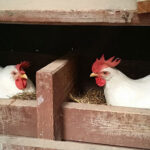
The general recommendation regarding the right height for chicken nests is 18 to 20 inches above the floor. But that’s not a hard and fast rule. The proper height depends on breed and age, and the hens’ ability to access the nests. Importance of Nest Height Nest boxes must be easy for the hens to […]
Continue Reading
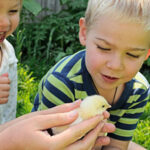
A child’s initial experience with chickens is often the most memorable. To ensure that the youngster’s introduction to chickens is pleasant and fun, consider these qualities when choosing the best first chickens for kids: They are calm in disposition They are friendly with people The breed is appropriate for small hands The chickens enjoy hugs […]
Continue Reading
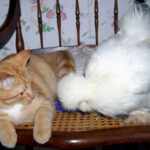
The details of exactly when and how Silkie bantam chickens came into being have been lost in the mists of time. The breed was first mentioned by Marco Polo, who wrote about “chickens with fur-like feathers and black skin” in his 13th century report of his explorations in Asia. Most likely Silkie chickens existed long […]
Continue Reading
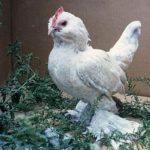
Nearly every chicken breed has a bantam version. But some bantam breeds have no larger counterpart. The latter are true bantams. Cackle Hatchery® offers the following true bantam chicken breeds: Belgian d’Anvers Belgian d’Anvers bantams get their name from the Belgian municipality of Antwerp, which is “Anvers” to the French. The word d’Anvers therefore means […]
Continue Reading
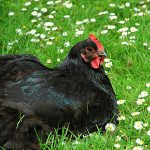
The definition of black chicken breeds depends on who’s talking. The term might refer to a breed that’s truly all black — feathers, comb and wattles, beak, shanks and feet, skin, and even bones. But some chicken breeds with black skin and other body parts have varieties with alternative plumage colors besides black. Many chickens […]
Continue Reading
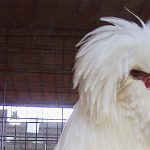
Chicken breeds with beards came about as a genetic mutation. Chicken keepers liked the appearance, and so they continued to breed more of the same. Other than the cuteness factor, scientists have yet to find any significant advantage or disadvantage to a beard on a chicken. A beard appears as elongated feathers growing beneath a […]
Continue Reading
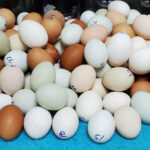
Potluck Ultra Rare Special Hatching Eggs
FREE SHIPPING!
Only sold in 12 or 24 Pk
No Pick up orders
Eggs need to be placed on a separate order and not with other birds. The egg orders are manually scheduled and you will receive your notice of your ship date within 24 to 48 hours.
Continue Reading
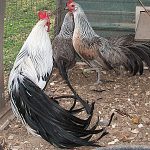
A chicken’s gender may be determined by a number of different methods. Which method works best depends on the bird’s age, breed and variety, and skill of the observer. Here are the four common ways to sex a chicken. Vent Sexing Vent sexing can be done soon after a chick hatches. Also called cloacal sexing, […]
Continue Reading
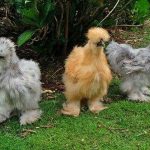
In addition to the miniature versions of large warm weather chicken breeds, five other bantam breeds also do well when the temperature rises. Of those described below, four of the five bantam breeds that tolerate warm weather are true bantams. Bantam Chickens The history of bantam chickens follows that of the Industrial Revolution. As families […]
Continue Reading
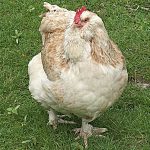
Most chickens have four toes on each foot. Of the chicken breeds found in the United States, five breeds typically have five toes on each foot. The condition is technically known as polydactylism — from the Greek words poly meaning many, and daktylos meaning a finger or toe. The trait of having five toes represents […]
Continue Reading










